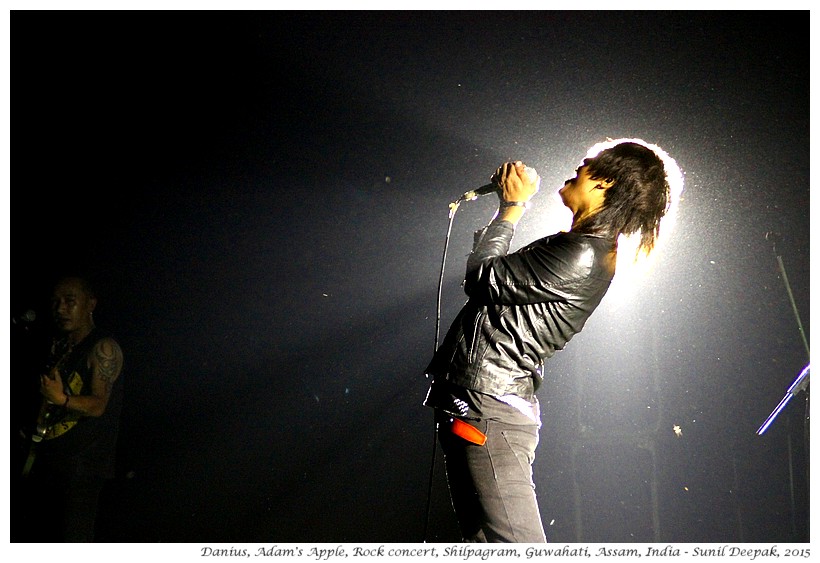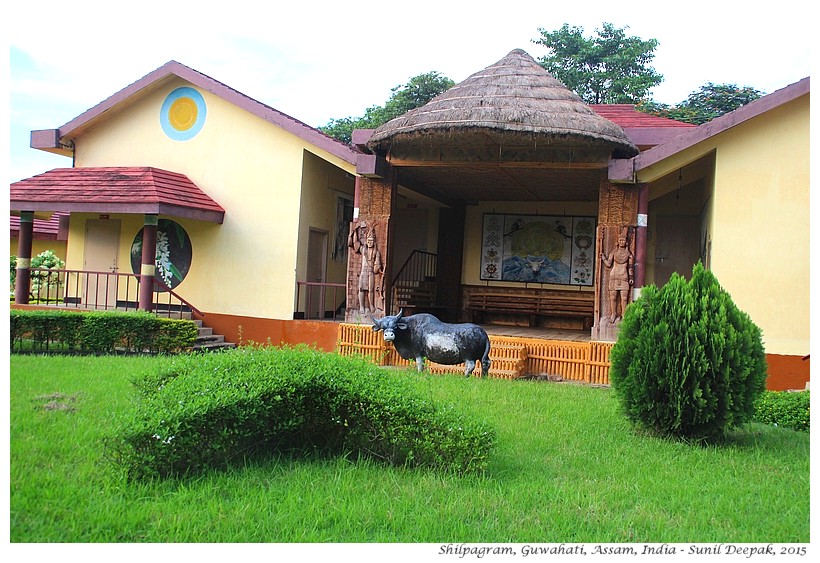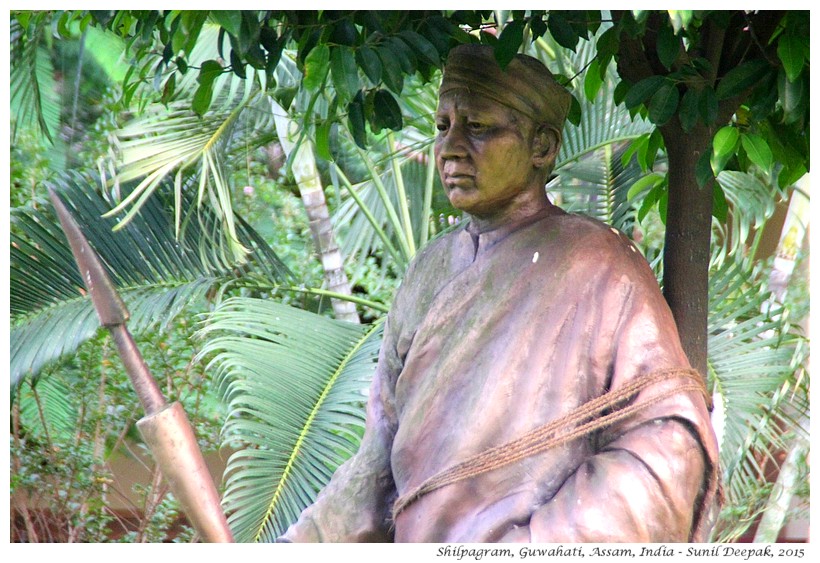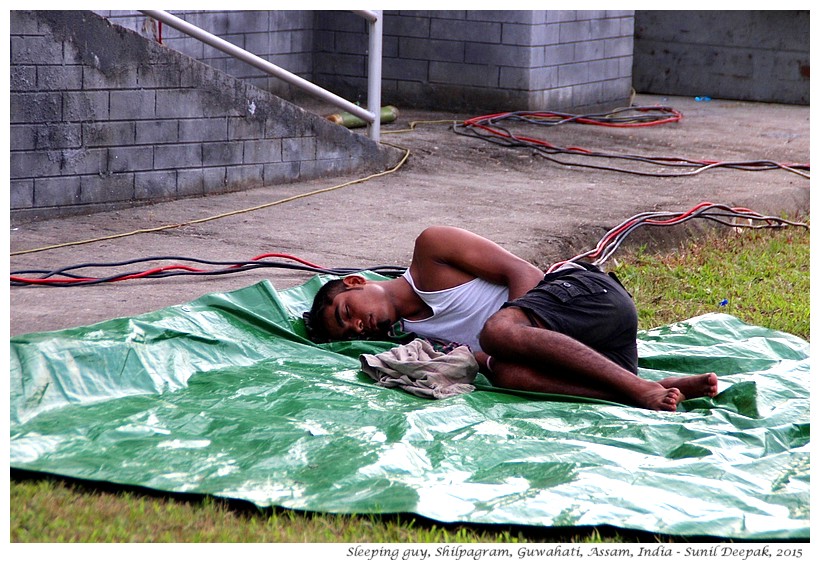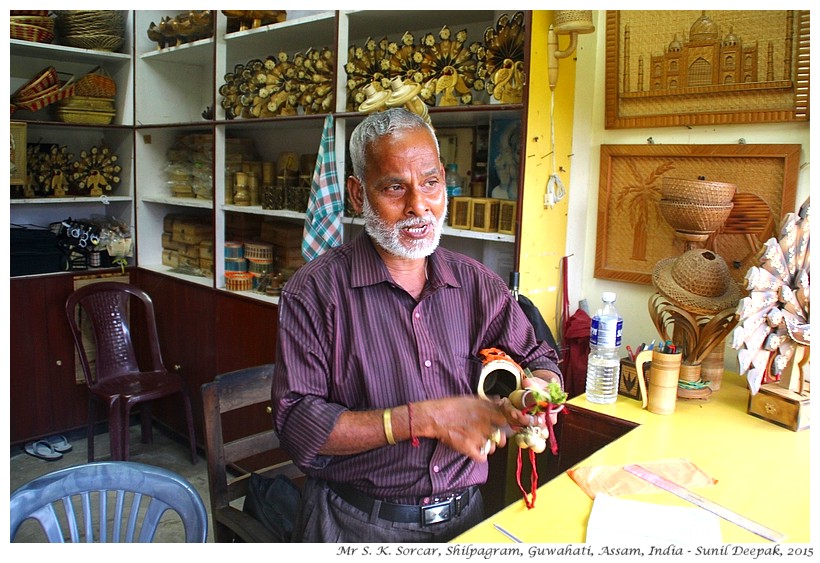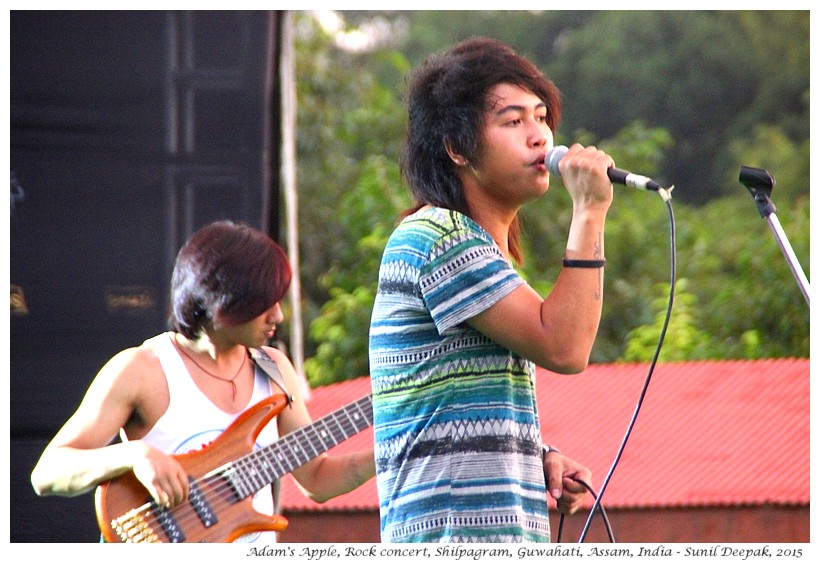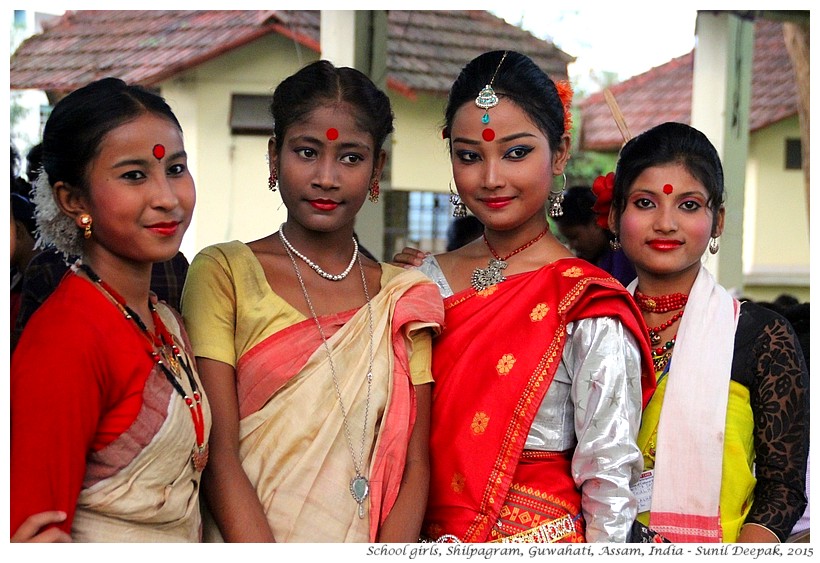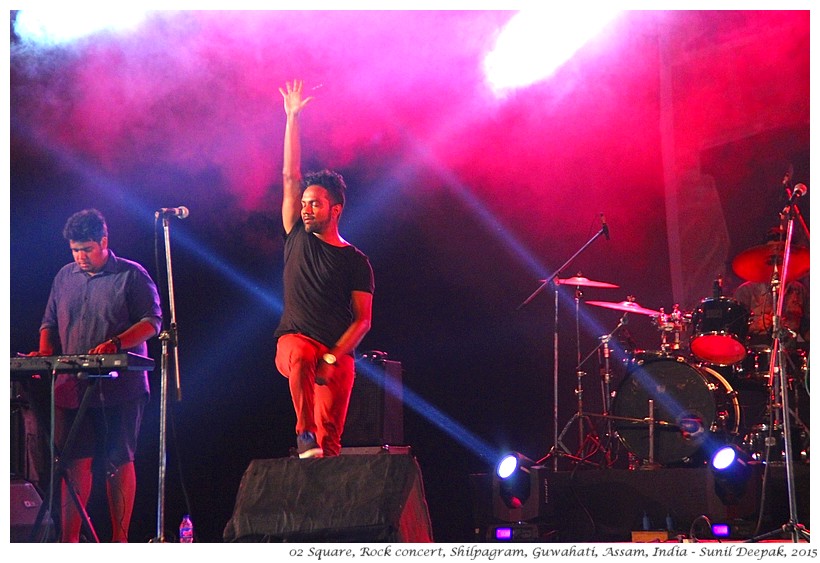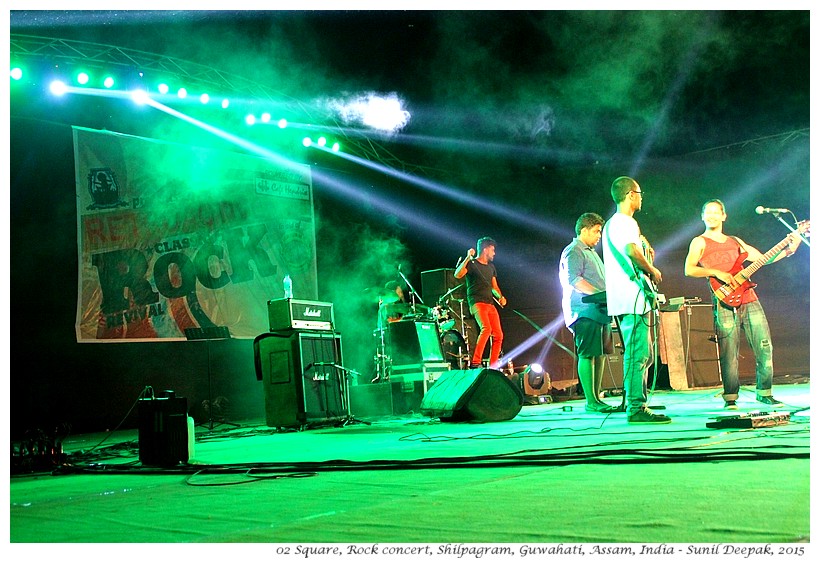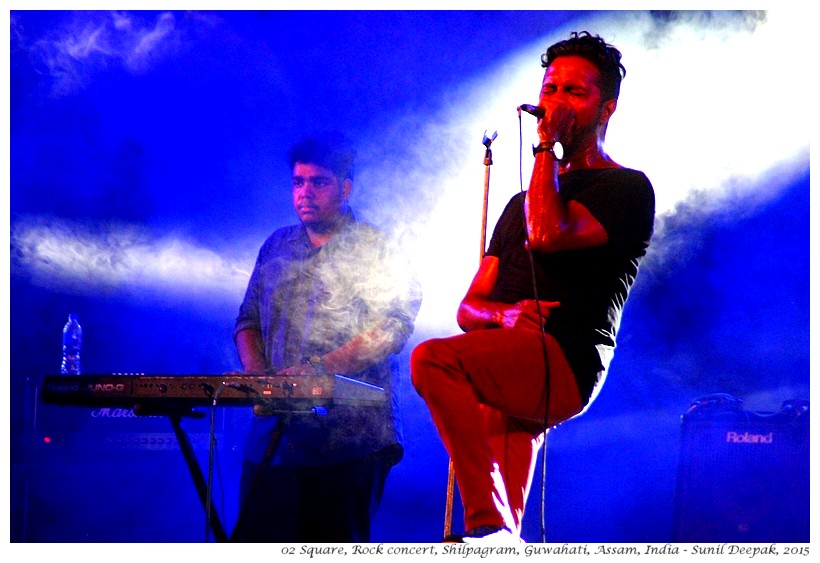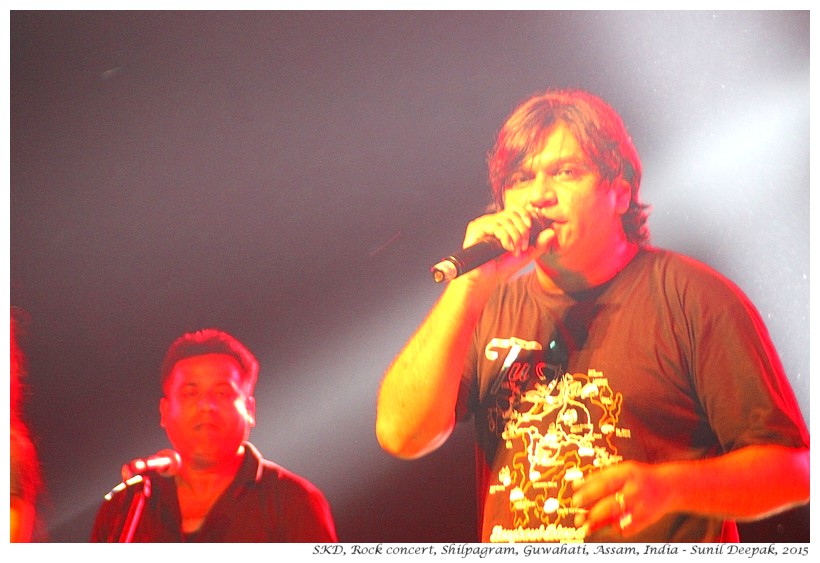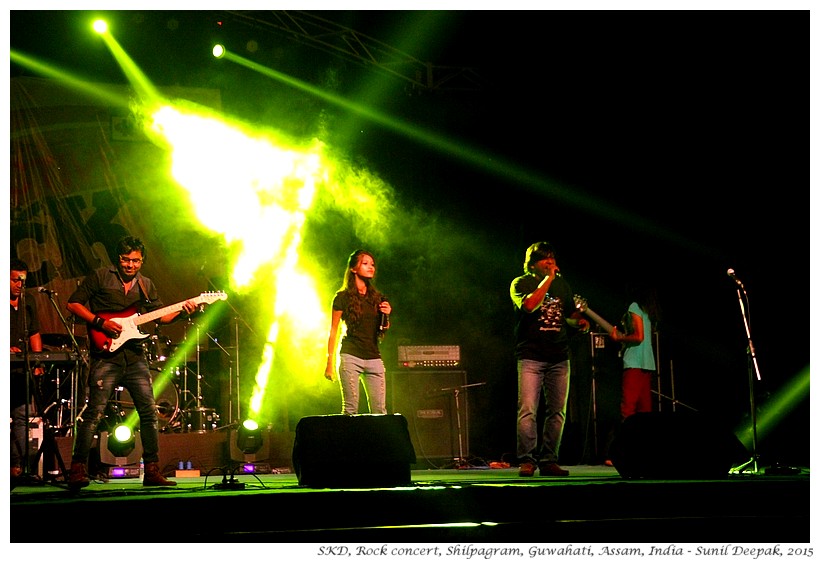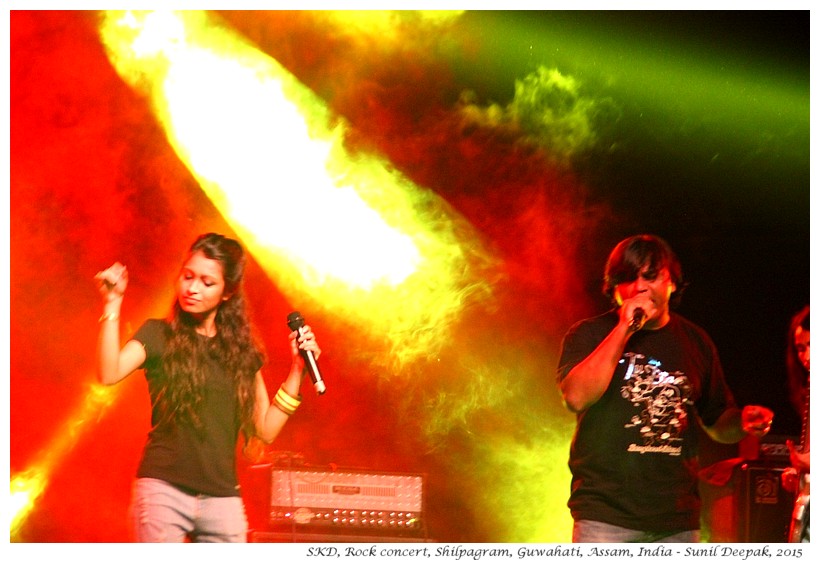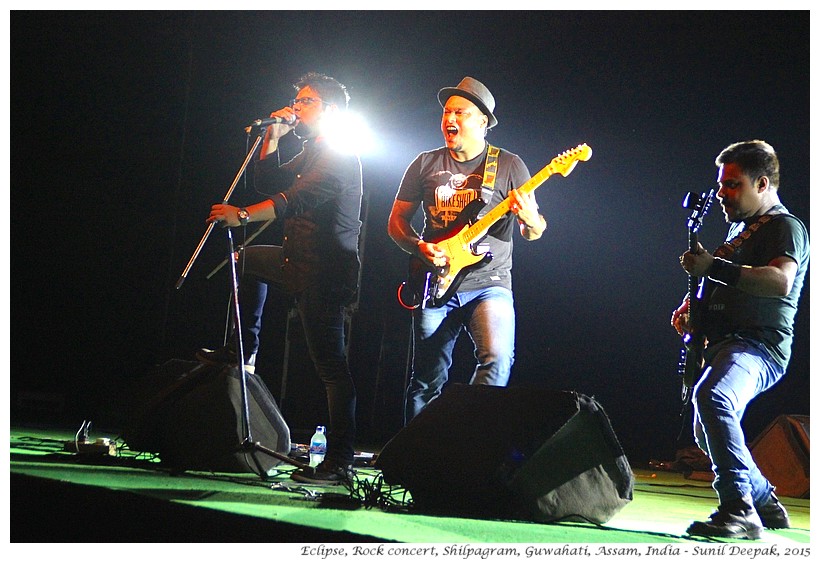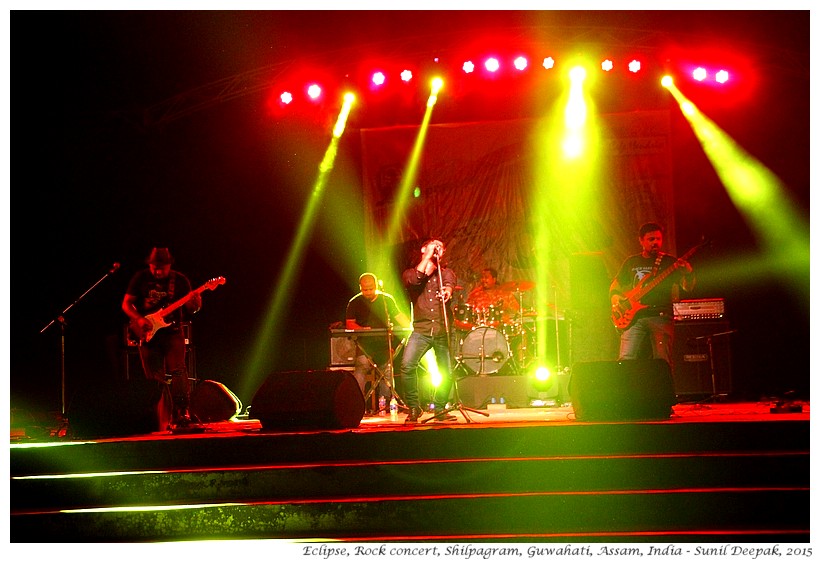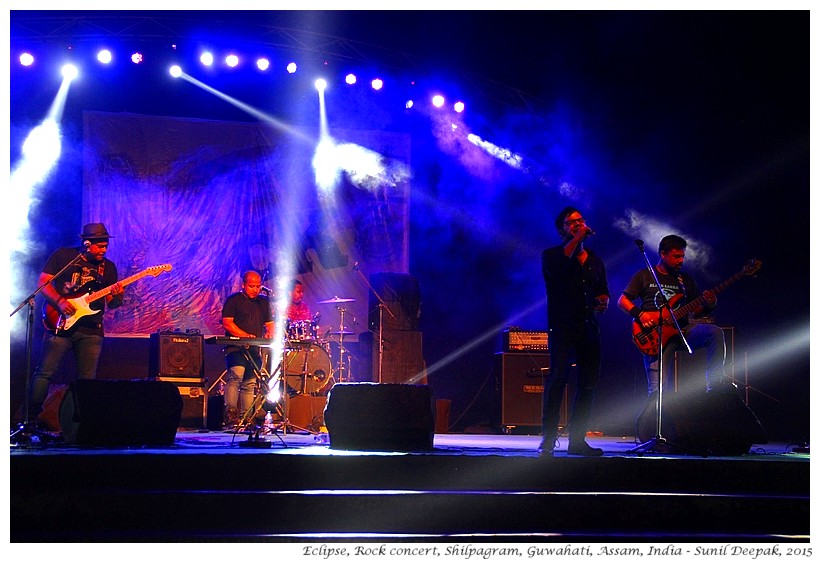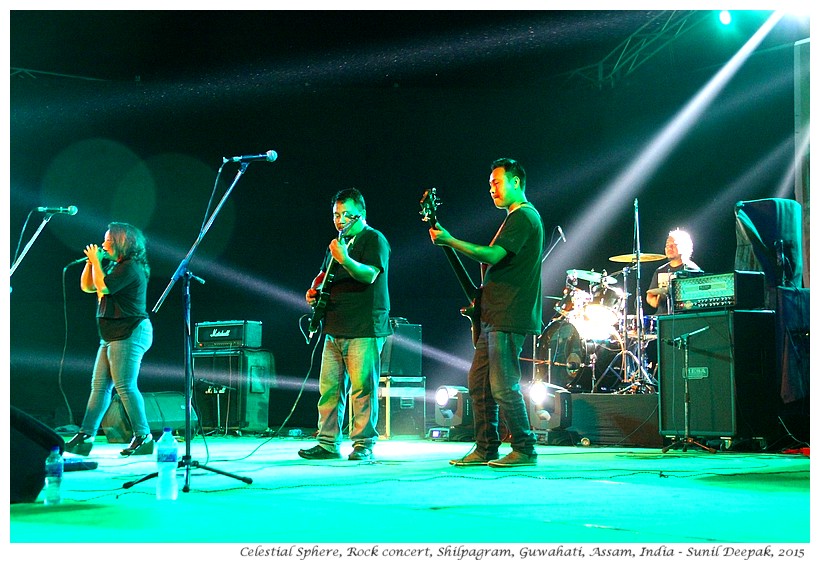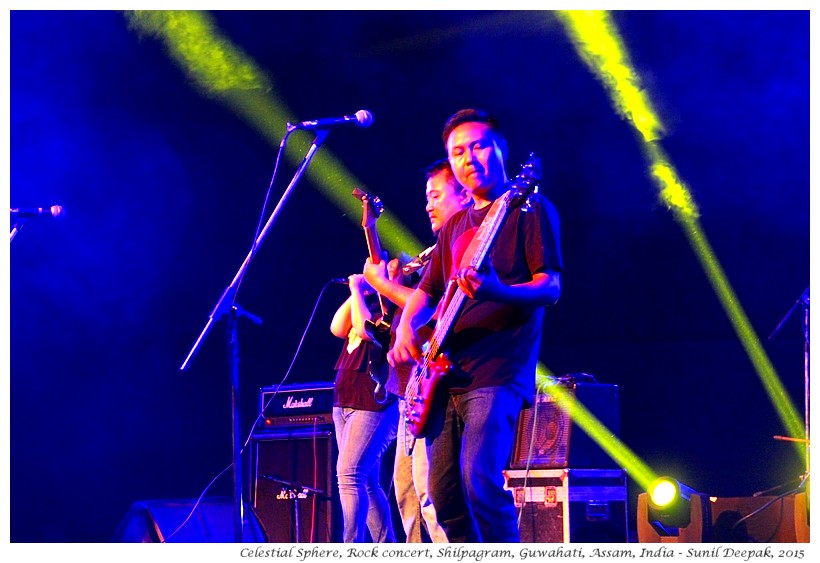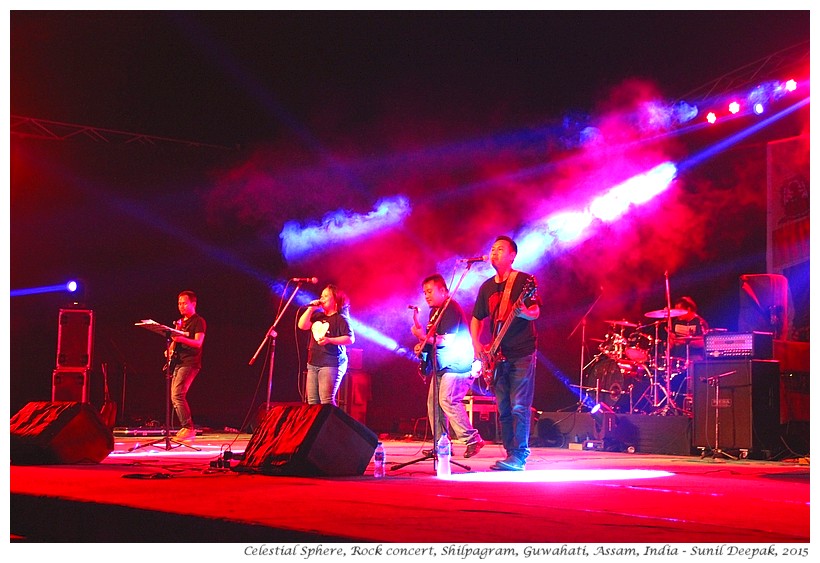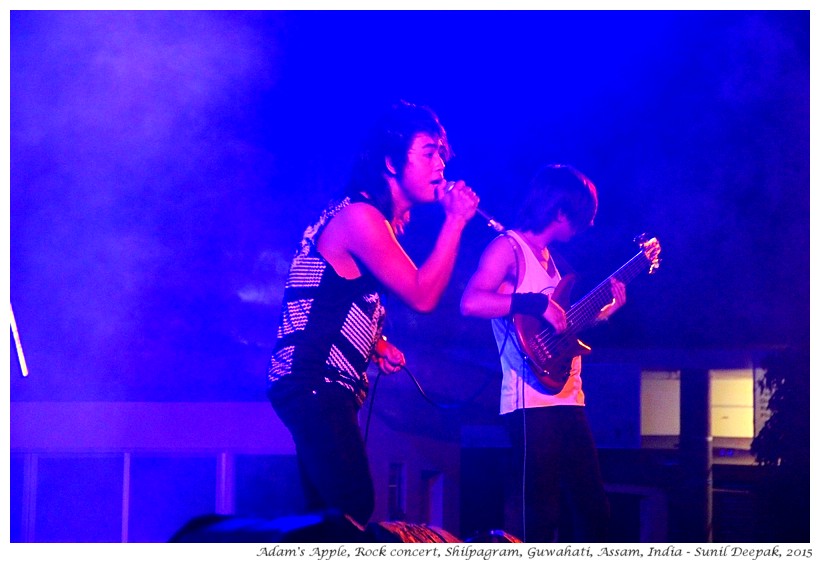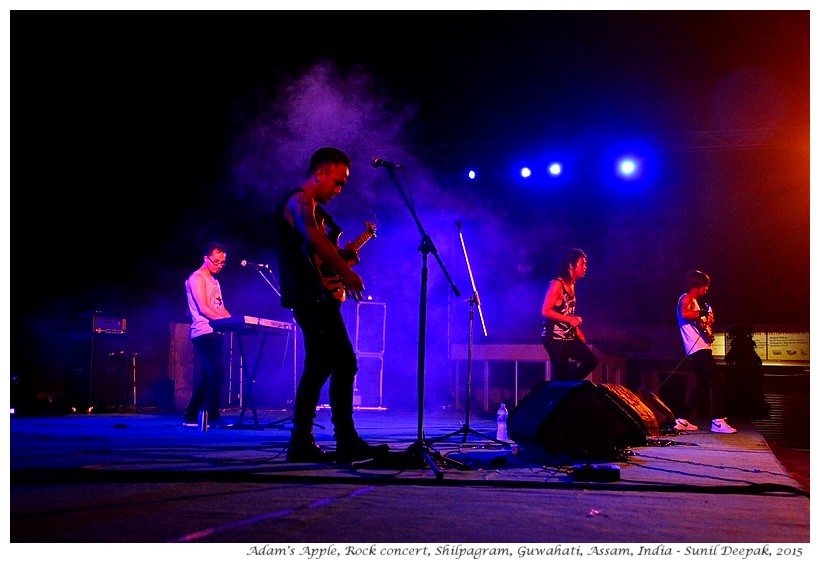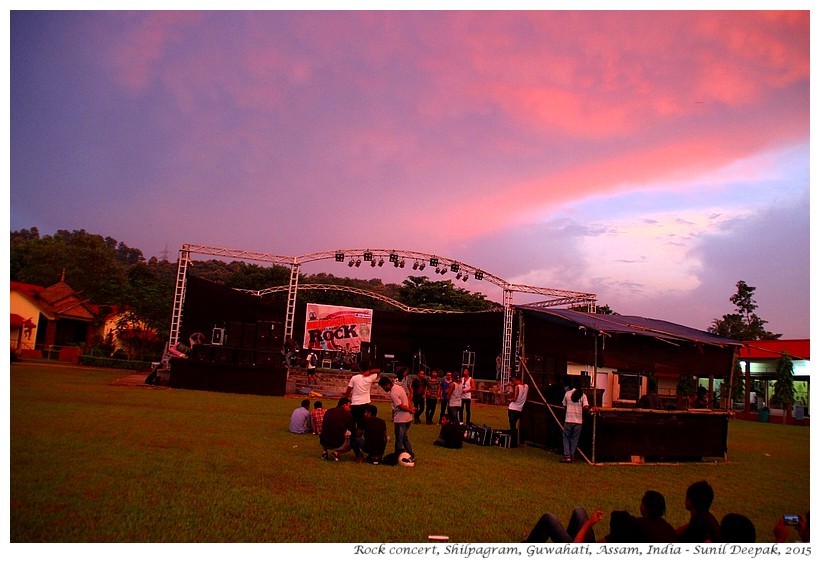By "spirituality" I mean the ideas about the nature of soul, consciousness and reality. For me, spiritual experiences are usually related to reading, meditating, listening to music, watching stars and being in nature. They induce in me feelings of being connected with others and with the universe, as well as, feelings of peace and joy.
The Spiritual Gurus
The Indic traditions place a lot of emphasis on the role of a Guru, a spiritual teacher. For me, my spiritual teachers are the books and my favourite spiritual readings are the Upanishads of Hinduism.
It was in 1968, when I had first met Mahesh Yogi, during the days when the Beatles were visiting him. Suddenly he had become The Guru for the world's famous. I had liked his smile and his explanations about transcendental meditation.
During the 1970s-80s, I had become very interested in reading the books of Acharya Rajneesh (Osho).
Finally, during the early 2000s, I had visited the ashram of Sree Sree Ravishanker near Bangalore and then in 2015, I had gone to listen to him when he had visited Guwahati.
However, so far I have had no desire to follow any Guru. Perhaps, it means that I don't need a Guru, or, may be it means that I am not yet ready for a Guru.
Instead, about 40 years ago, I was fortunate to meet Don Silvio Favrin, a Catholic priest from Castel Franco V. in the north-east of Italy. He died earlier this year (April 2022). He was a friend for me, and at the same time, he was a great spiritual being - some of our conversations had a deep influence on me. He had the capacity to share the most profound ideas in simple words, often tinged with irony along with an ability to laugh at himself.
Unexpected Spiritual Interactions
Many of my memorable spiritual interactions with people have been unexpected. For example, during 2014-16, while I lived in Guwahati, I had a couple of spiritual experiences.
The Sadhu in the Forest: The first encounter was in the forest behind the Bashishtha temple, where I had come across a Sadhu, who had built his home beneath a rocky overhang. He told me about his wanderings across India. I asked him why he had chosen that particular place to set up his home and he started talking about the subtle energy that comes out of the earth and how he felt that energy in that rock.
"Put your hand in this place", he pointed to the rock, "then close your eyes and try to feel the energy." I tried but did not feel anything. So, he said that I needed to quieten my mind, then may be I will be able to feel that energy.
He was a simple person but listening to him talk about the universe and our connection with nature was a wonderful experience.
Ambubashi in Kamakhaya: Another intense spiritual experience for me was during the Ambubashi festival at the Kamakhya temple. Kamakhya is a Shaktipeeth, it celebrates the feminine principle of the nature and the Ambubashi festival celebrates the metaphysical mentruation of the mother-godess.
In a courtyard on the hill near the temple, I came across a group of Baul singers. Some of them were smoking cannabis. Others were dancing and singing Baul songs. At a certain point, a thin old man stood up, his eyes closed in an ecstatic trance, a box in the right hand and a bottle of talcum powder in the other, and he started dancing. It was one of the most amazing and emotionally touching spiritual experience that I have ever had.
The Mendicant in Orchha: I was staying with a family in a village just outside Orchha in Madhya Pradesh. A local NGO had organised my stay. One morning, I was walking towards Sundar Mahal, the dargah of a Sufi saint called Sundar Shah, when I met a poor mendicant, who was sitting on the ground.
I stopped to talk to him. He had left home due to some mistreatment by his daughter-in-law and had decided to wander around and to live on charity. We talked about his preivious life, his home and children, and his present life as a wandering mendicant. I felt very sorry about his plight that in his old age, instead of sitting and resting, he was forced to go around, ask for alms and never be sure if he will find a place to rest for the night.
"So, what do you wish for, what do you want now?", I asked him. He smiled and shook his head, "Nothing, I have found everything I need", he answered.
To remember that meeting and his words, can still make me emotional. As you can see, what I think of as "spiritual" experiences can be very different things.
The Spiritual Places & Broken Statues
I have been to a lot of pilgrimage places of different religions in different countries. I am not religious and I do not go anywhere to pray. However, I like to visit the religious places in search of spiritual experiences.
In India, I have travelled widely, from the Vivekanand rock in Kanyakumari to the Kumbh mela in Prayagraj. There have been many beautiful moments and it is always fulfilling to see the beauty in temples, mosques and churches.
Yet, when I think of my unforgettable spiritual moments, they are usually not associated with any of these places. However, I love the Hindu idea of creating statues out of mud for specific festivals and at the end, immerging those statues in the sea or a rivers. The divinity is thus an expression of nature, which goes back to nature. I love the sight of old broken statues left near the rivers.
While travelling in Assam, it was common to find statues of Durga, Kali and Saraswati left near the rivers and invariably, I used to stop to look at them.
One evening, I was walking along the Kolong river in Nagaon and I came across an old broken statue of Saraswati lit by the rays of the setting sun. For a moment, I felt as if the Goddess was speaking to me. That experience was so powerful that for about another 10 minutes or so, as I walked, it seemed as if everything was lit by an internal light.
Music and Spiritual Experiences
One of the most profound spiritual experiences which I can remember was in Mandya in Karnataka, when I was staying with some Catholic nuns in a convent. One early morning, I listened to them gently singing hymns in a small chapel. The rise and fall of their voices was like the tide of an ocean, washing over me like waves, a truly wonderful spiritual experience.
Once, I was visiting a project in West Bank in Palestine and I was staying with some friends. I usually wake up early in the morning. I remember waking up in his guest room, listening to the sound of azaan coming from different mosques. They were not synchronous, the timber of their voices were different and together it created a wonderful spiritual experience.
Another occasion when music touched me deeply was in Bologna in Italy during a dance recital. Alessandra Pizza, the Bharatnatyam teacher, was singing a Ganapati prayer accompanied by the rhythmic beating of a gong on a wooden block. We were sitting in a gallery, under a high dome so that her voice had a little echo. It was so amazing that it brought tears to my eyes.
I also love listening to the singing of Gurubani in the Sikh gurudwaras. Often the Raagi (singers) in the gurudwaras are trained classical singers and their prayers have simple and yet profound words, that I find very moving.
As an adolescent and young man, some of my musical-spiritual experiences were listening to famous classical singers like Bhimsen Joshi, Pandit Jasraj, Kumar Gandharv and Kishori Amonkar. For example, even today listening to "Ud jayega hans akela" (The swan alone will fly away) by Kumar Gandharv can touch me deep inside.
Finally, some years ago, during a music concert in Bologna (Italy), Ms. Ashwini Bhide Deshpande sang my favourite bhajan "Ganpati Vighnaharan Gajanan" on my request. The acoustics of that place were wonderful and I felt surrounded by her voice. Just thinking about that experience makes me feel a great joy.
In the End
Writing this blogpost has been a wonderful experience. I wrote it originally for my Italian blog and then decided to translate parts of that into English. When I had started writing it, I had a completely different idea in my mind. However, as I started writing, a lot of forgotten memories came up in my mind and this post has gone in an unexpected direction.
Re-reading it, I can see that it is very much linked with India and Hinduism, which is natural since I grew up surrounded by these ideas. A person growing up in another culture and other religious traditions would have other kinds of spiritual experiences.
I hope that reading it would make you think about the meaning of spirituality for you and remind you of your own spiritual experiences.
***

.jpg)
.jpg)


.jpg)

.jpg)
























